How traditions made the Romanovs constantly ill
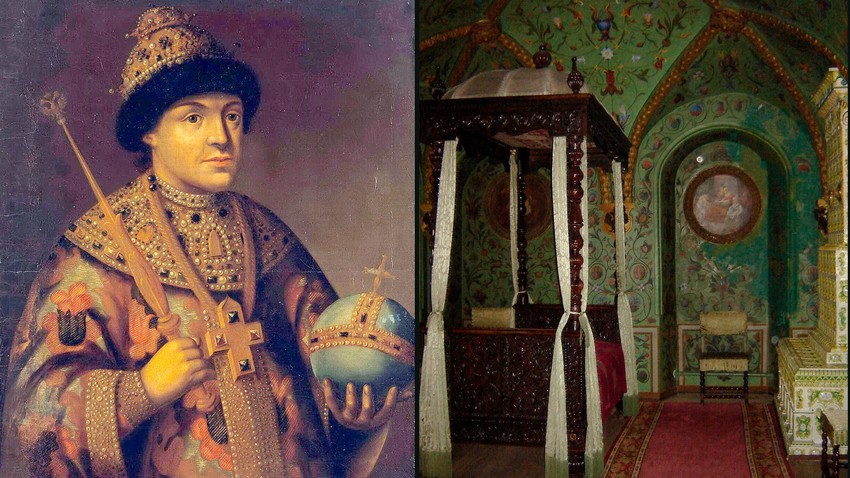
Can you imagine a medical checkup conducted with a curtain between the doctor and the patient? Sounds crazy. Meanwhile, that’s how it was performed in the Ladies’ chambers in the palaces of the first Romanovs in the 17th century.
A doctor, usually a foreigner from the Apothecary Department, could only ask female members of the Tsar’s family, be they the tsarina herself or her daughters, or sisters, what they felt and what kind of pain or disease it was – never see or, God forbid, examine the body of a royal woman. They were cared for by midwives and nannies, who practiced folk medicine.
Why were the first Romanovs ill?
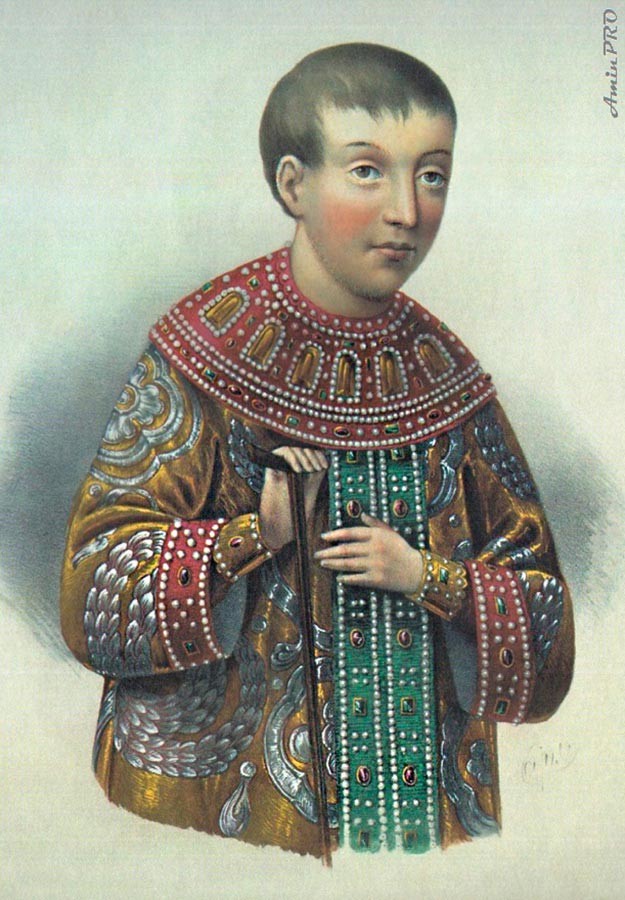
Tsarevich Alexey Alexeevich (1654-1670), the heir to the Russian throne who died before he reached 16.
Public DomainAs historian Igor Zimin writes, the two main diseases of the first Romanovs were infectious tuberculosis and rickets – usually showing itself in bowed legs and bone pains. This means young tsars had low immunity and malnutrition and lacked vitamins. But how could virtually the most wealthy family in the state treat their children so poorly?
The answer is the same – crazy traditions. First, the way the tsar’s children lived. Before they turned five years old, both boys and girls in the tsar’s family stayed in the Ladies’ chambers. They needed fresh air – and they were living behind closed windows, because the tsar’s family was afraid of anyone actually seeing their children (and putting an evil eye on them). The rooms were always heated; the walls and floors were upholstered with cloth to save the heat; the cradle was also lined with cloth or even fur and babies were tightly swaddled on down feathers and pillows, under a fur blanket. It was deemed that if the baby wouldn’t be swaddled tight in his toddler years, he would grow up crooked and with a hump (what?).
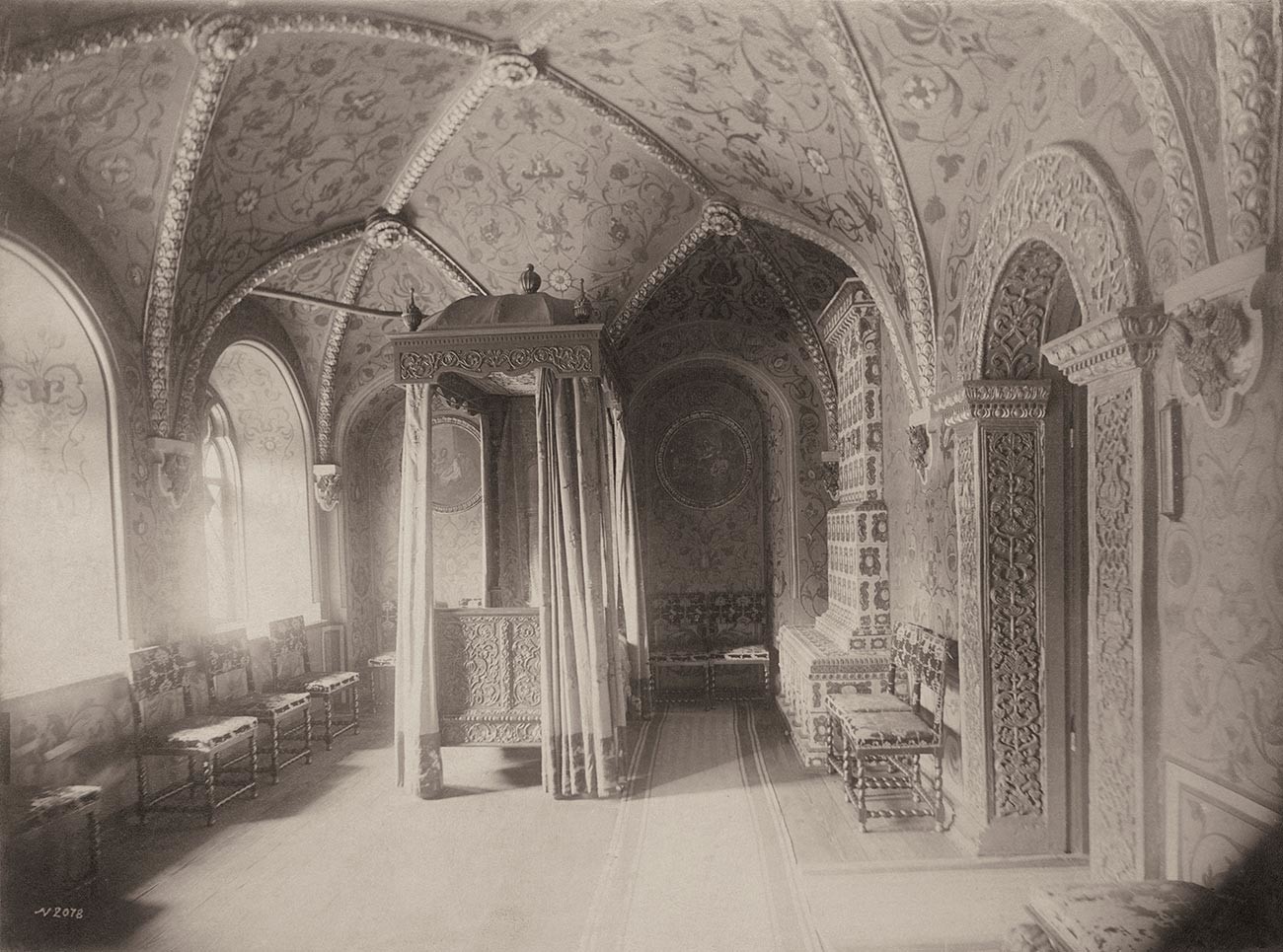
A bedroom (19th-century reconstruction) in the Terem Palaceinside the Kremlin, Moscow, Russia. The palace was the main residence of the Russian emperors in the 17th century.
Hulton Archive/Getty ImagesThe children were surrounded by numerous servants. Wet nurses, nannies, night nurses, maids, laundresses, seamstresses… the list goes on. But did they really care for the child’s health?
Historian Vera Bokova describes the daily responsibilities of room servants towards royal offspring: “being able to predict the fate of a child by the number and location of moles on its body, keeping the cradle from straight moonlight – so that sleep would not go away, forbidding anybody to look at the child while it was asleep – so as not to spoil it, smearing soot behind the child’s ear to protect from the evil eye and before meeting a new person, sprinkling a little salt on the head under the cap.” Obviously, all this was very far from the health procedures the little tsars really needed.
They needed activity – but instead they were forced to go only slowly, never run or scream, because it was unbecoming for royal persons, And so, the children were accustomed to behaving solemnly.
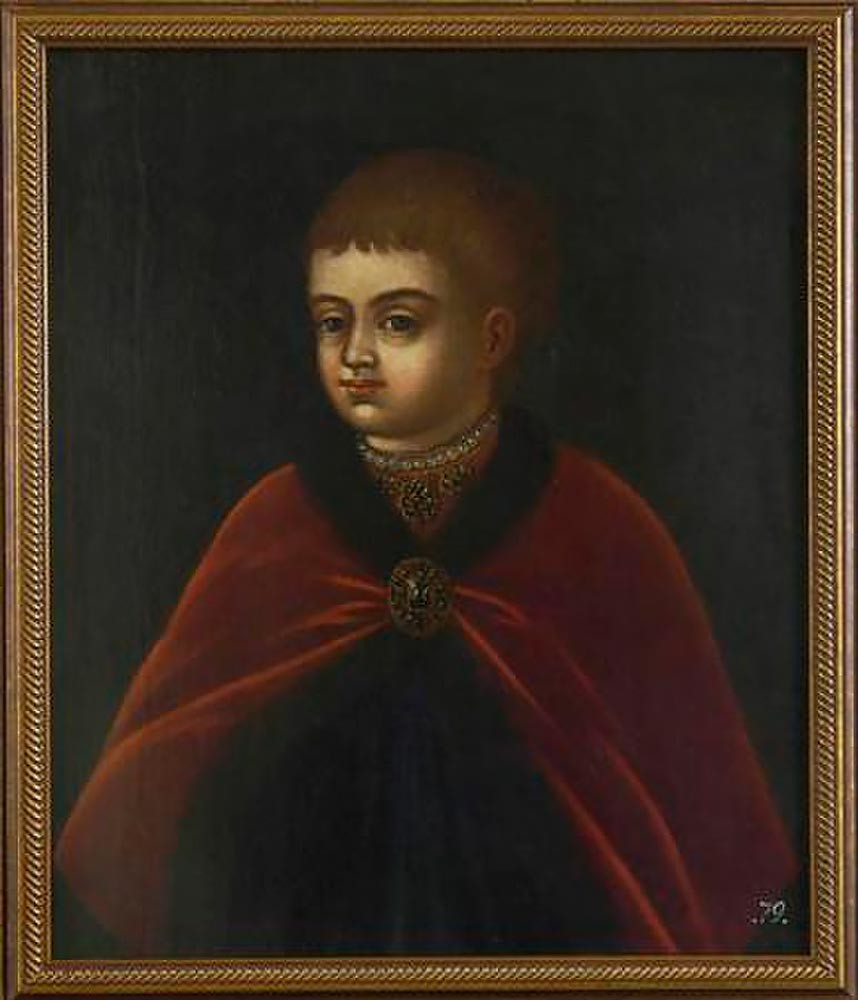
Portrait of young Peter I of Russia.
Public DomainThey needed good nutrition – but they desperately lacked vitamin C. In the 17th century, international trade was still very slow and Moscow is a northern city where winter lasts about 7-8 months, so fresh fruits were rarely on the tsar’s table. Only watermelons, supplied from the region of former Astrakhan Khanate, could stay fresh – but the Orthodox church awkwardly banned fresh watermelons, because of their likeness to… the severed head of John the Baptist! So watermelons came salted, which made them lose most of their vitamins. The results?
In 1627, Mikhail Fedorovich, the first Romanov, complained to his father: “It has become hard for my feet to walk, they carry me in chairs to and from the cart.” He was just 31 at the time! His grandson, Fedor Alekseevich, also suffered from the same disease. He could hardly walk during all his short 21 years of life. The chemical analysis of the remains of the first Romanovs, Vera Bokova writes, proves that this disease was rickets.
Peter the Great was brought up the same way during the first years of his life and his health was, too, far from perfect. What probably helped him improve his immune system were the military exercises Peter took up early in his life. But, it would be a long time before a new heir was born and raised in the Russian royal family – the 18th century was full of coup d’etats, when grown-up people ascended the Russian throne.
Catherine and the English upbringing
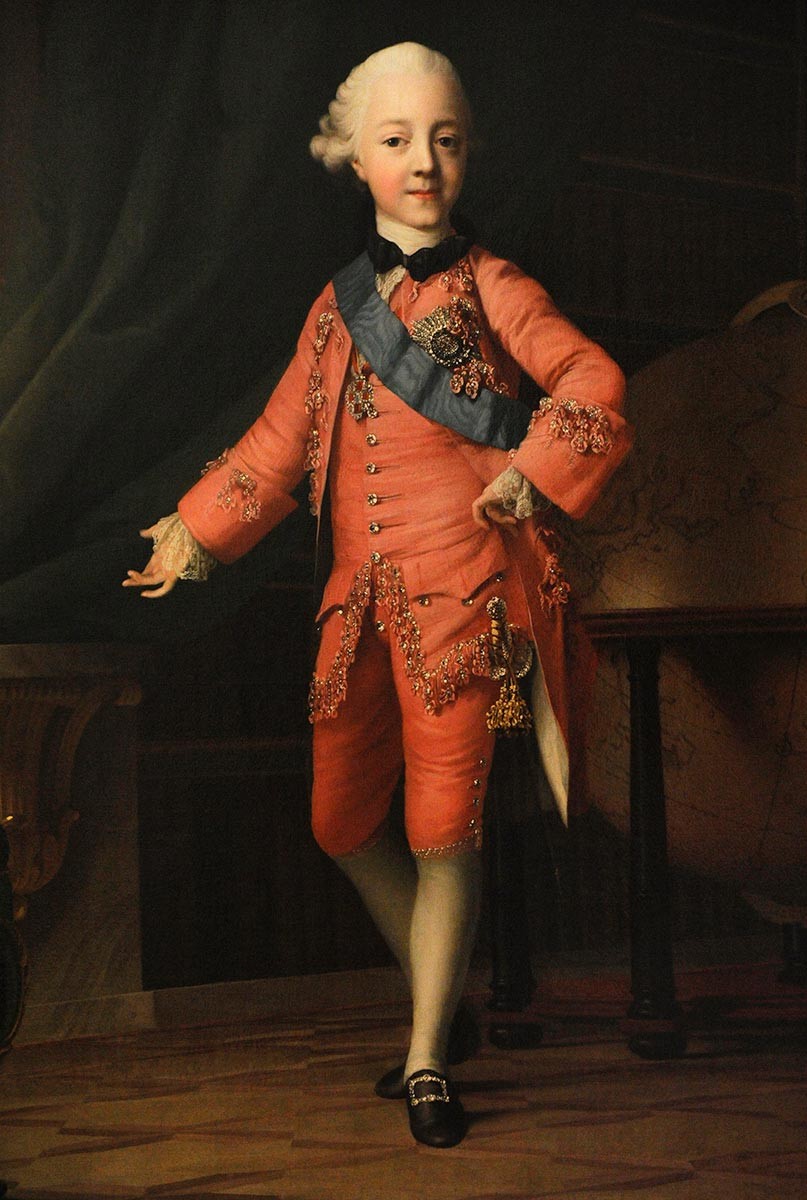
Portrait of Grand Duke Paul Petrovich (1754-1801) in the classroom. By Virgilius Eriksen (1722-1782). Russia, 1766. Oil on canvas. The State Hermitage Museum, Saint Petersburg, Russia.
Getty ImagesIn 1754, Paul I was born to Catherine and Peter III, the Grand Duke at the time. Almost immediately after birth, Paul was taken to the chambers of Empress Elizabeth, his aunt. Paul was considered a long-awaited rightful heir, the future of Russia, so his health and well-being was a state priority. But Elizabeth herself was brought up in Moscow the old way and treated baby Paul accordingly.
As Catherine, the mother, remembered, “He was literally suffocated with unnecessary worries. He was lying in an extremely hot room, in flannel diapers, in a crib upholstered with black fox fur. Sweat flowed from his face and all over his body, as a result of which, when he grew up, he caught a cold and fell ill from the slightest wind.” Basically, Paul’s health suffered for the same reasons the health of the first Romanovs did. Also, his stomach was already completely spoiled in childhood. He refused to eat, but the nannies stuffed him with food forcibly; he had lactose intolerance, he was sick of meat — and so it went on all his life.
Catherine was apparently shocked to see her son lose his health so early, but she couldn’t go against the rules of Empress Elizabeth. What she did was completely change the way of upbringing for her own grandsons, Alexander (born 1777) and Constantine (born 1779), the children of Paul and his wife Maria Fedorovna.
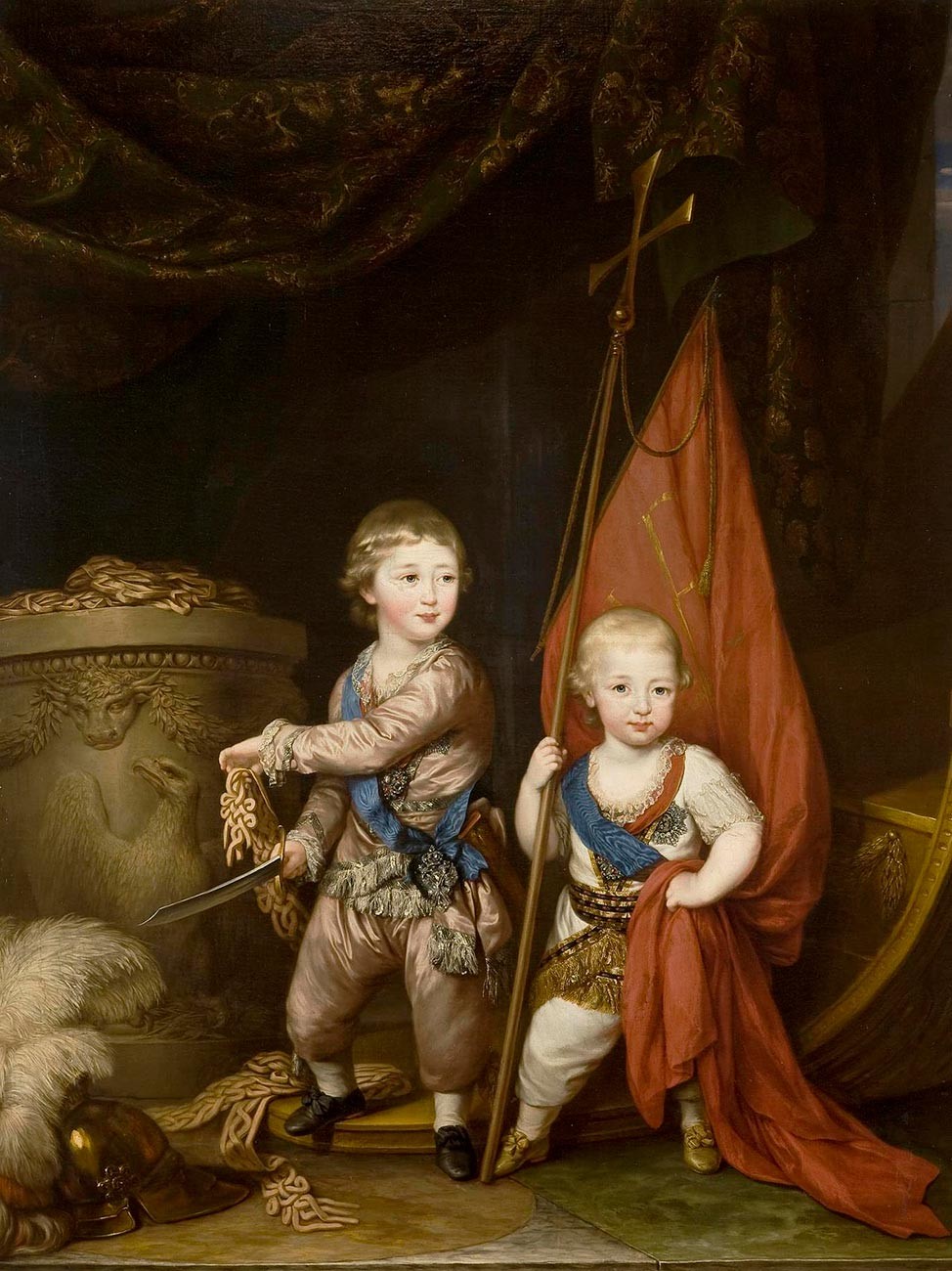
Grand Dukes Konstantin and Alexander. 1781, Richard Brompton.
Hermitage Museum / Public DomainJust like Elizabeth did with Paul, Catherine took Alexander and Constantine under her personal supervision. She didn’t allow swaddling or overfeeding, though. Catherine was a follower of the so-called “English” way of upbringing, aiming to raise healthy gentlemen, not weak and ill pansies. Catherine wrote about her grandson: “Mr. Alexander's small bed, since he knows neither cradle nor motion sickness— is made of iron, without a canopy; he sleeps on a leather mattress covered with a sheet, he has a pillow and a light English blanket. Since birth, he has been accustomed to daily bathing in the bath, if he is healthy.” The rooms of Alexander and Constantine were heated only to 19 Celsius and lit with a few candles, not big chandeliers – to keep the air fresh.
Dressed in woolen bathing suits, the grandsons frolicked in the pond of Tsarskoye Selo, to the glee of their grandmother. But at the same time, they were accustomed to manual labor – also a novelty for Russia, where noble people used to shun any physical work. Alexander and Constantine learned to saw and cut wood, they painted, upholstered, mixed and rubbed paints, chopped firewood, plowed, mowed, drove horses… At the same time, the boys were curious about languages – and by the time he was six, Alexander spoke and wrote in Russian and English.
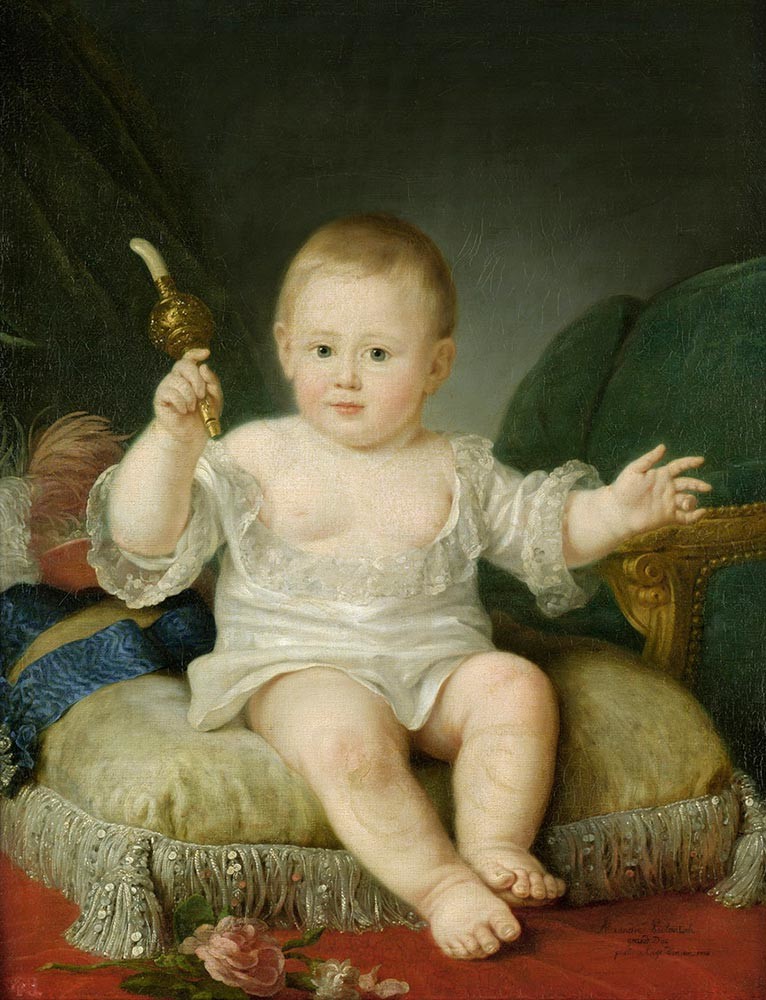
Portrait of Grand Duke Alexander. Unknown artist.
Public DomainThe boys were not removed from their parents – they saw each other regularly. Paul oversaw his sons’ military lessons and practice and Maria Fedorovna, an artist and sculptor, taught them fine arts and painting. Both later became very good at it. When Nicholas was born into Paul’s family in 1796, and Mikhail in 1798, they were brought up the same way Catherine brought up their elder brothers. As a result, Paul’s offspring was probably the healthiest among the Romanovs.
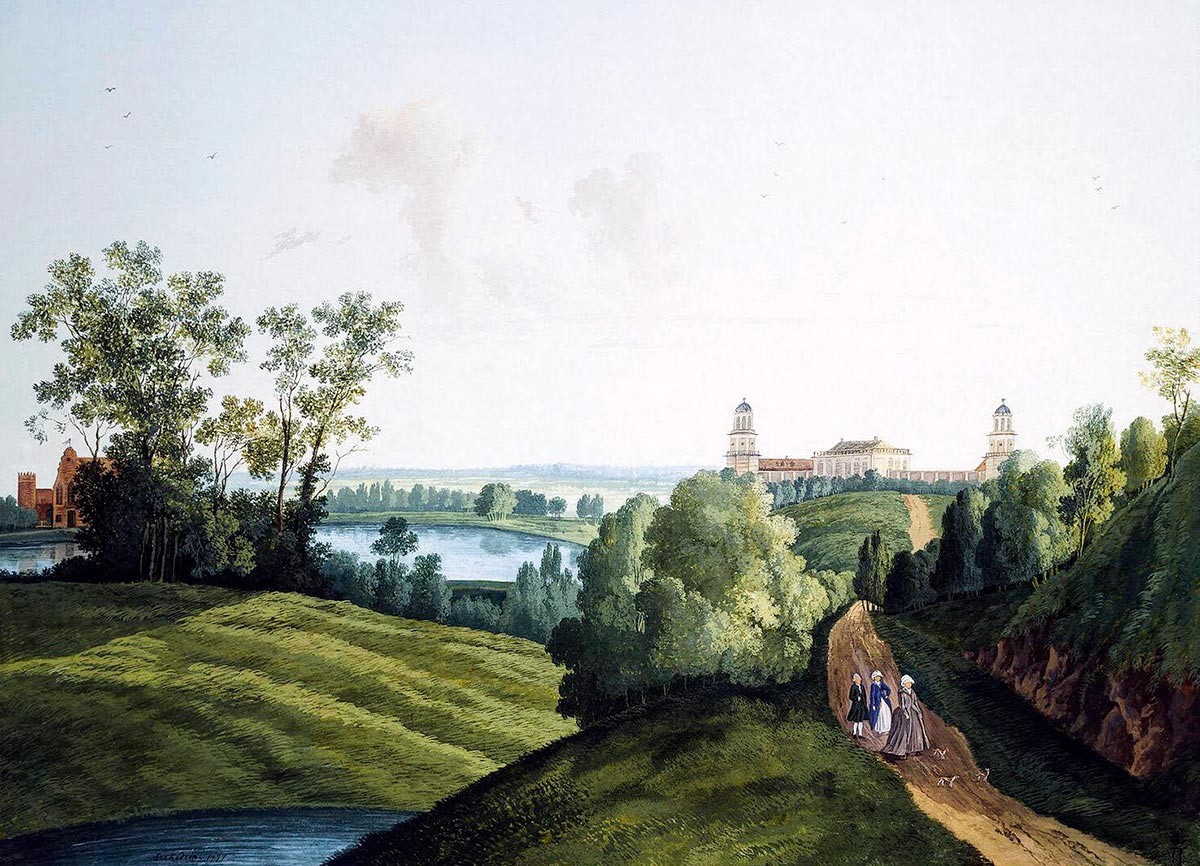
Tsarskoe Selo in 1777, by Semen Shchedrin.
Public DomainAlthough with minor changes, the way Paul’s children were brought up defined the upbringing of the rest of Romanovs in the 19th century. Austerity, hand work, water procedures and physical exercise were at the core of this method. Here’s a daily schedule poet Vasiloy Zhukovsky, who was the tutor of Alexander Nikolaevich, the future Alexander II, devised for him:
“Getting up at 6 AM; from 6 to 7 AM – prayer, breakfast, review of the upcoming day; from 7 to 9 AM – classes; 9-10 AM – rest, visits; 10-12 AM – classes; 12-2 PM – walk; 2-3 PM – lunch; 3-5 PM – rest, games, walk; 5-7 PM – classes; 7-8 PM – gymnastics or games; 8-9 PM – dinner; 9 -10 PM – review of the past day; journal.” So, probably the royal children were, surprisingly, among the most busy children in the Russian Empire!
If using any of Russia Beyond's content, partly or in full, always provide an active hyperlink to the original material.
Subscribe
to our newsletter!
Get the week's best stories straight to your inbox